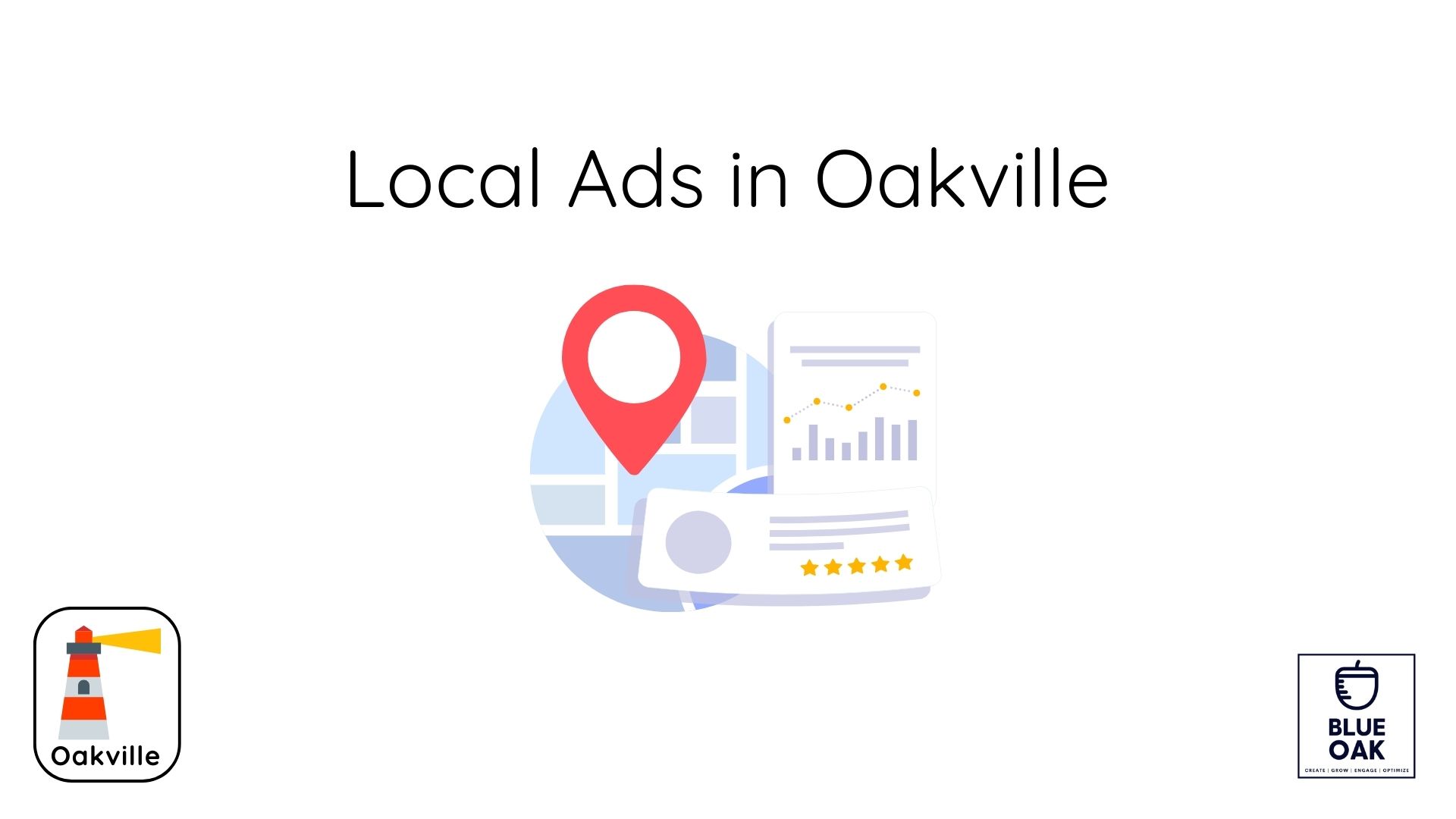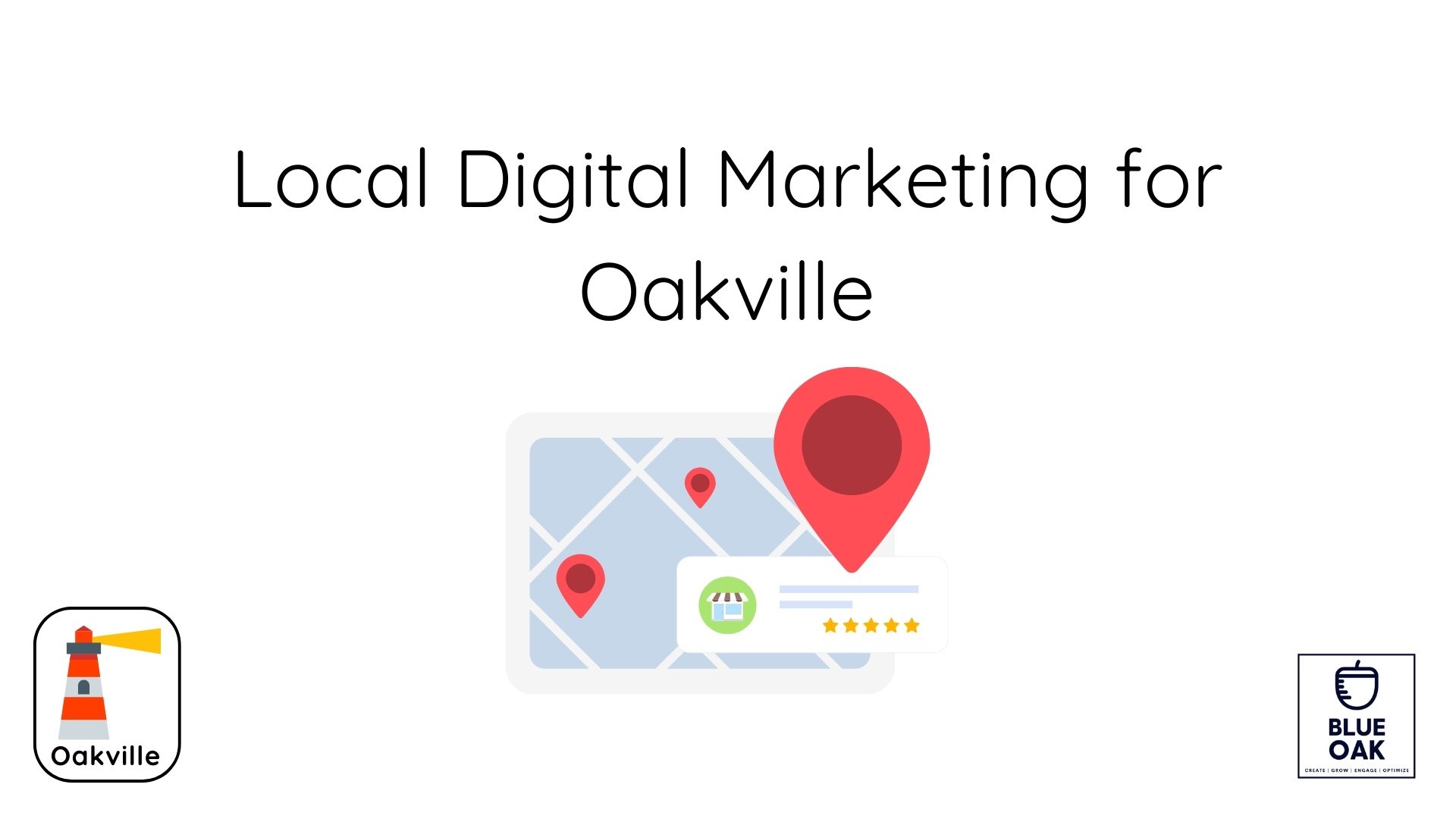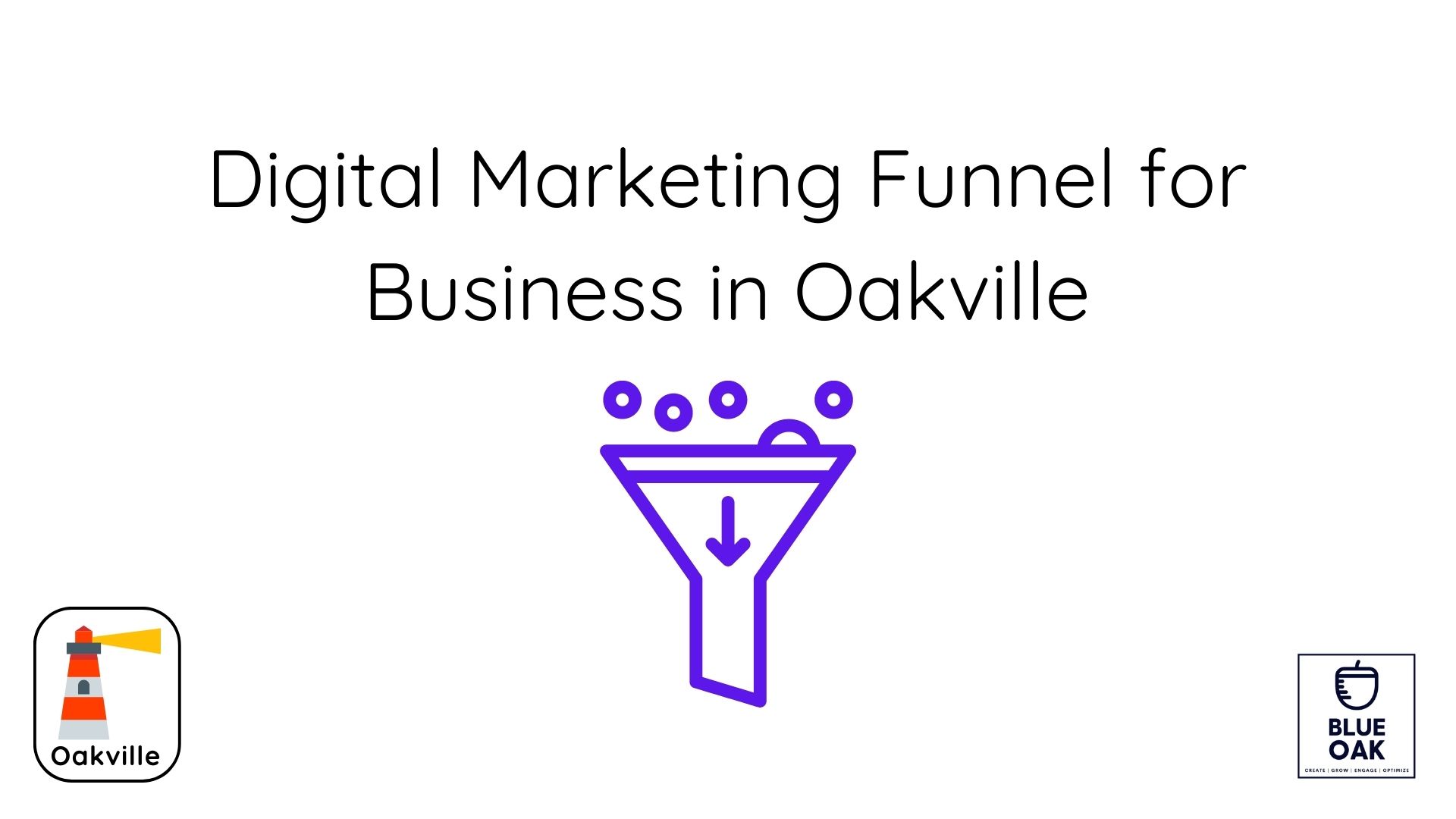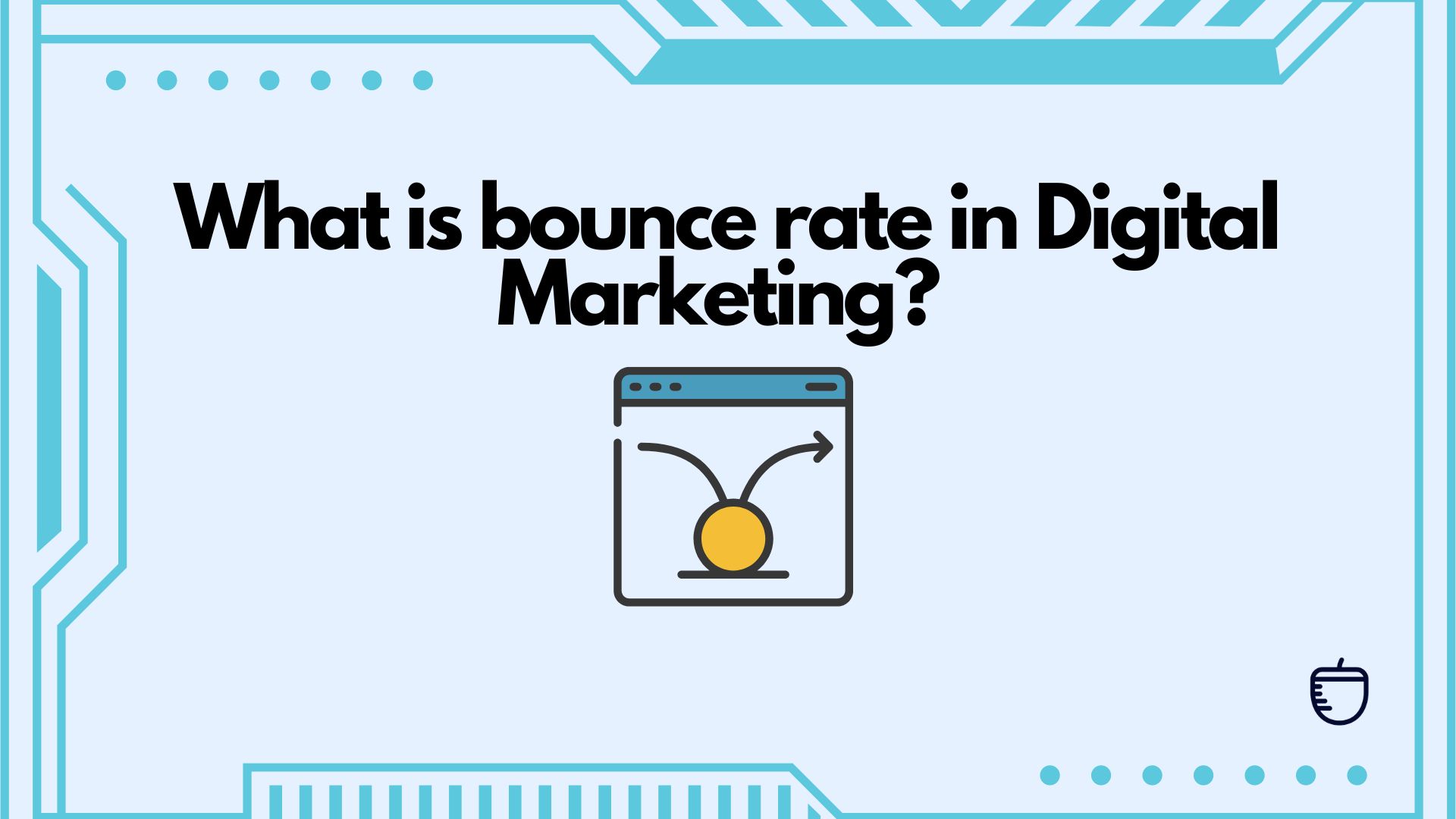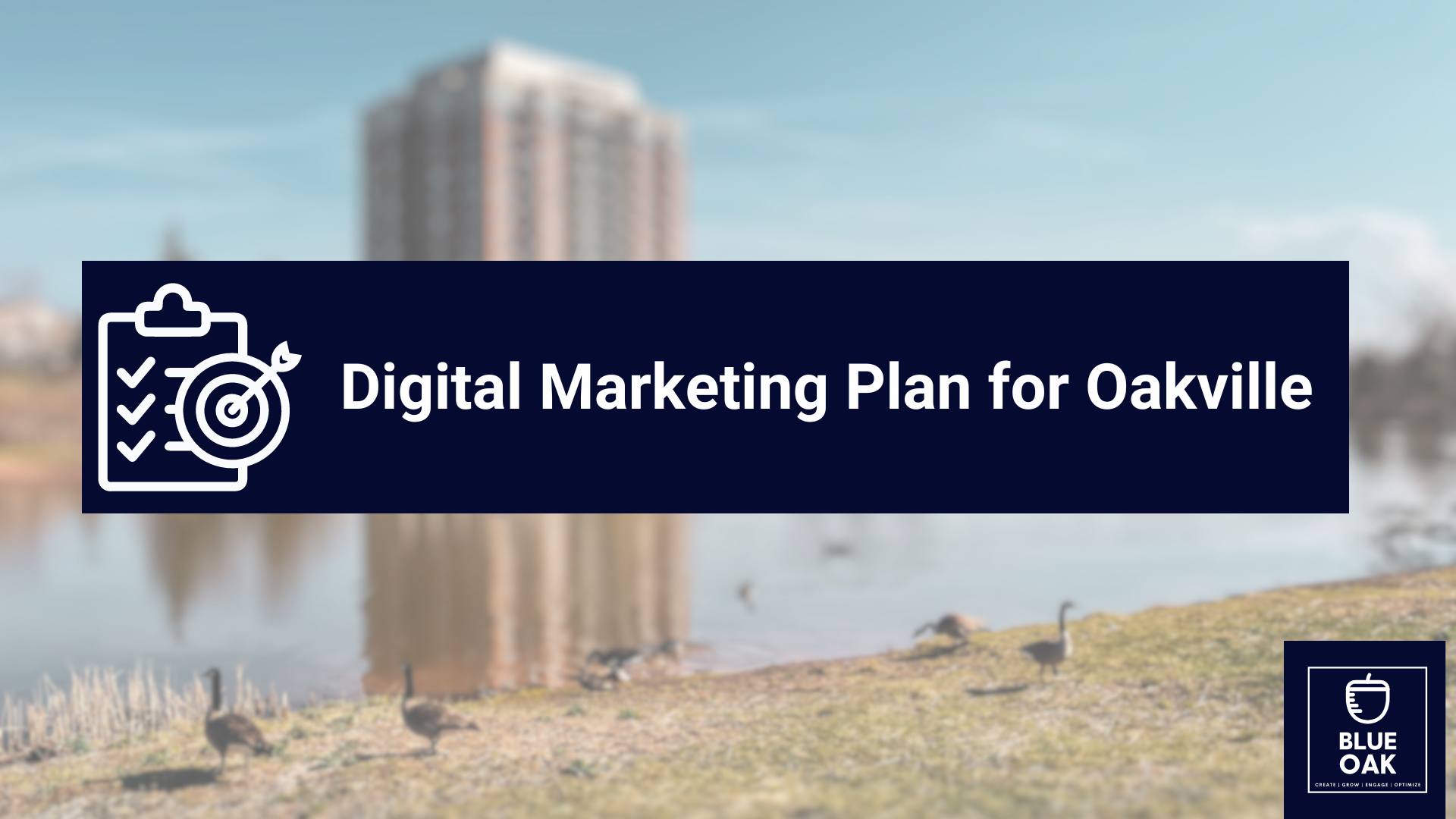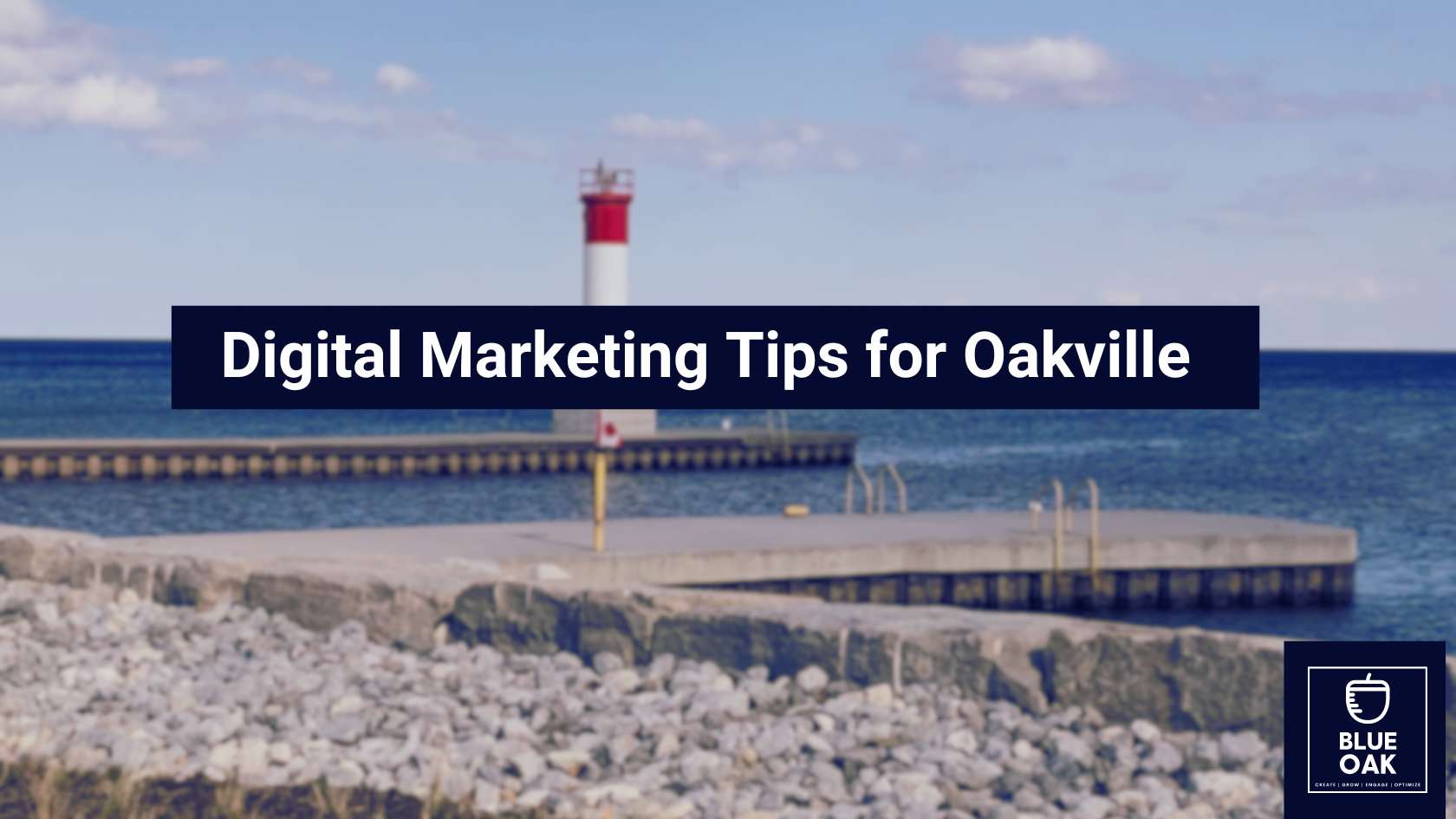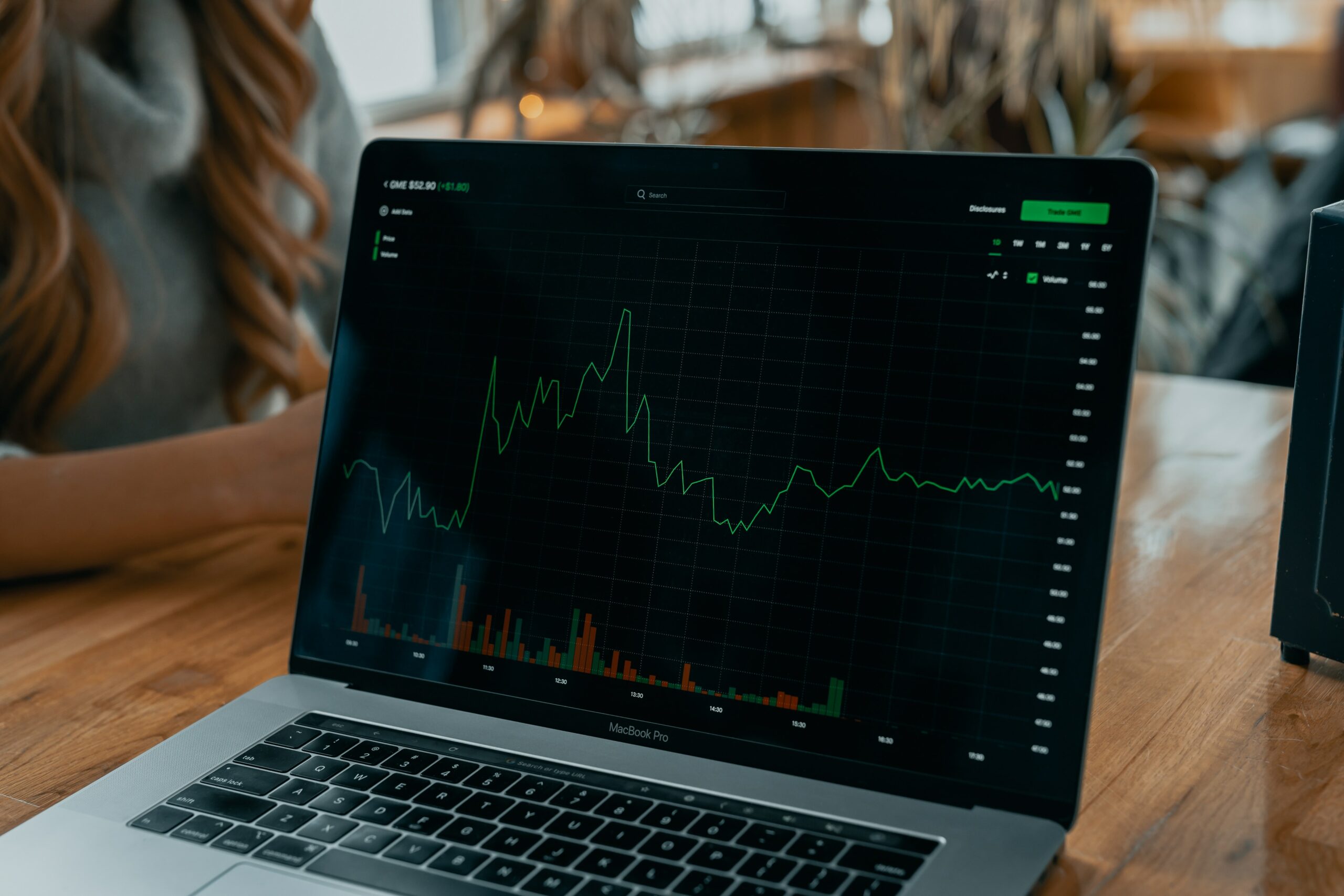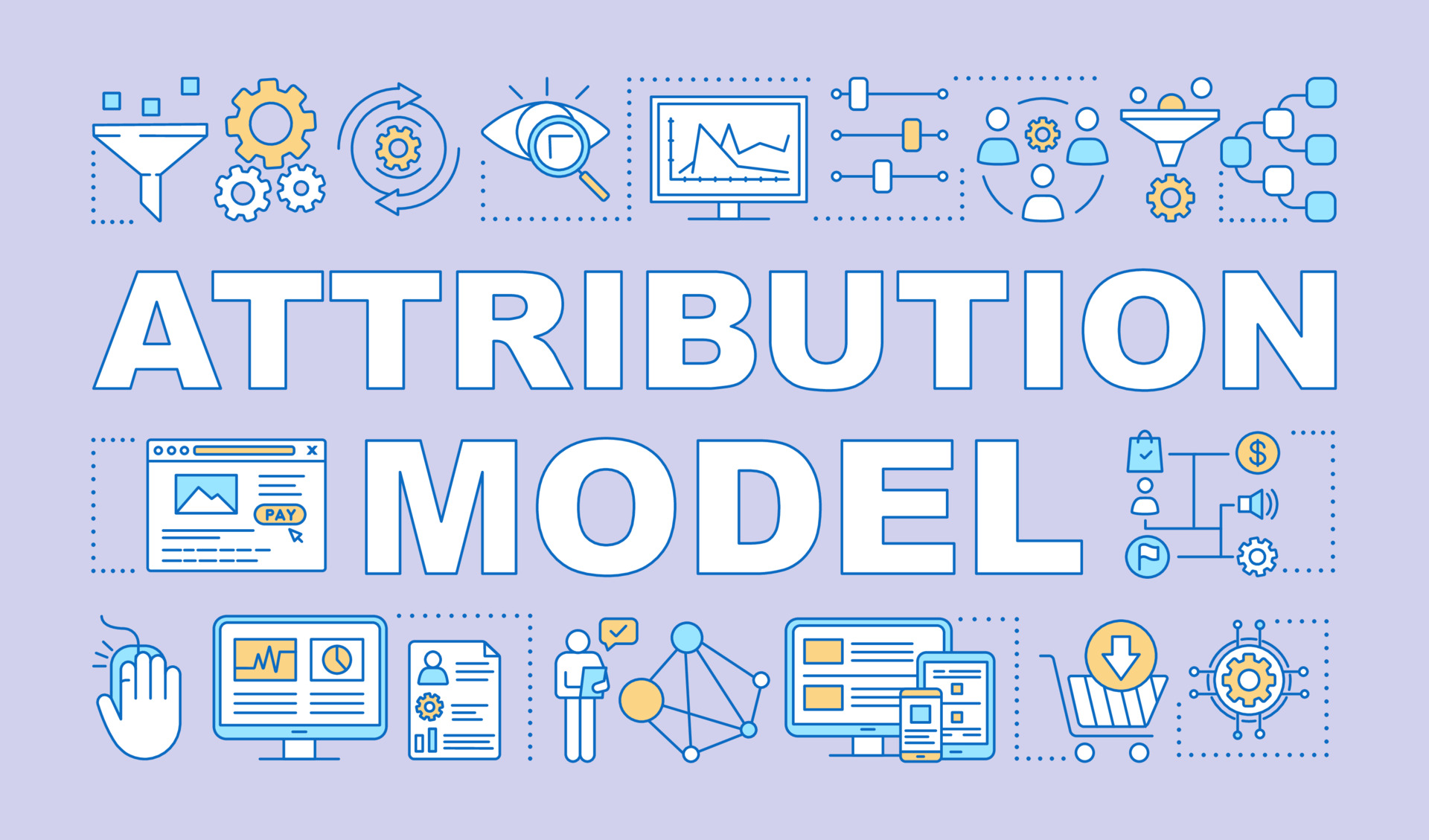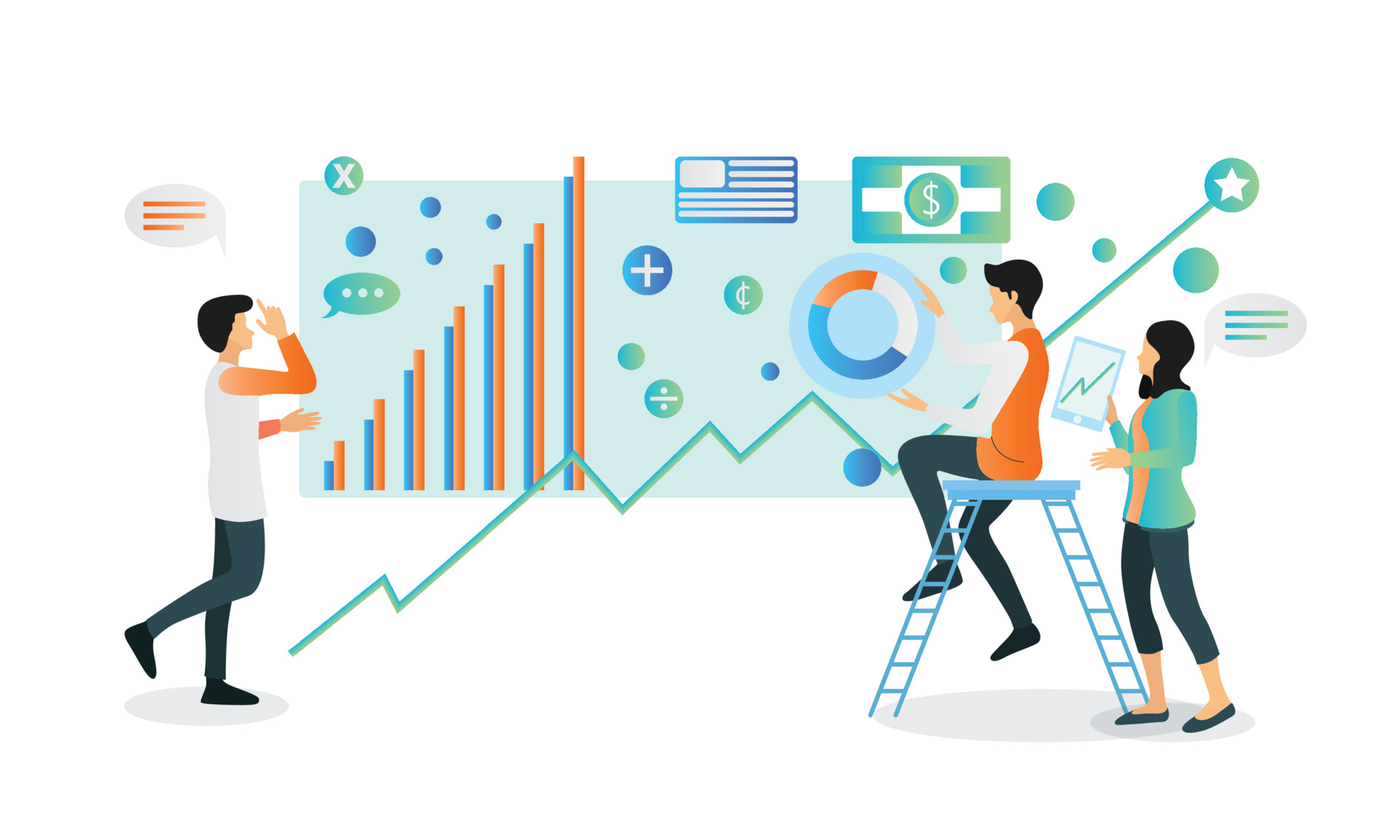What is a Landing Page in Digital Marketing?

A well-designed landing page is vital for effective marketing efforts in today’s fast-paced online environment. Landing pages serve as the entry point for converting site visitors into repeat customers or qualified leads. In this article, we’ll explain the idea of landing pages, look at the various kinds of them, identify their advantages, and offer helpful advice on how to improve them.
Table of Contents
ToggleA landing page is a special web page that has a clear purpose: to get visitors to take a specific action. Unlike regular web pages, landing pages are designed to remove distractions and focus visitors’ attention on one goal. Whether it’s making a purchase, signing up for a newsletter, or getting more information, a landing page is carefully crafted to guide visitors toward that desired action.
We understand that landing pages can seem overwhelming, but don’t worry! We will explain everything in simple terms, so you can create landing pages that truly connect with your target audience.
By the end of this blog, you’ll be equipped with the information and resources necessary to create landing pages that draw in visitors, encourage conversions, and support your marketing objectives. So, let’s dive in and discover the power of landing pages in the digital marketing world.
What is a Landing Page?
A landing page is a specially designed web page with a clear and focused purpose: to encourage visitors to take a specific action. Unlike regular web pages, which may have multiple objectives or navigation menus, a landing page is created to guide visitors toward a single goal. It serves as a dedicated entry point for marketing campaigns and aims to convert visitors into customers or leads.
Landing pages are typically reached through targeted advertisements, email campaigns, social media links, or search engines results. They are designed to capture the attention of the visitor, deliver relevant information, and create a sense of urgency or value to drive conversions. By providing a focused and persuasive user experience, landing pages play a crucial role in maximizing the effectiveness of digital marketing efforts.
Difference Between A Good Landing Page and Other Pages:
The main difference between a dedicated landing page and other web pages lies in its purpose and design. While a landing page has a specific marketing objective focuses on driving conversions, other pages on a website serve different purposes and provide more comprehensive information, depending on the digital marketing campaign.
Here are some key distinctions between a landing page and other pages:
Objective:
A landing page is designed with a singular objective in mind, such as capturing leads, generating sales, or promoting a specific offer, depending on the digital marketing strategy. Other pages, like a homepage or about page, serve broader purposes, such as providing an overview of the website, showcasing products or services, or sharing company information.
Conversion Focus:
A landing page is created to guide visitors toward a specific action, often through a clear call-to-action (CTA) button or form. It aims to convert visitors into customers or leads. Other pages may have secondary goals, such as providing information, educating users, or engaging with the audience.
Design and Layout:
Landing pages have a minimalistic design that eliminates distractions and keeps the focus on the desired action. They typically have fewer navigational elements, fewer links, and more focused content. In contrast, other pages may have more extensive content, navigation menus, and additional sections to cater to various user needs.
Traffic Source:
Landing pages are often reached through targeted marketing campaigns or external sources, such as advertisements or specific URLs. They are designed to align with the messaging and targeting of these campaigns. Other pages can be accessed organically through search engine results or internal website navigation.
Content Relevance:
Specific Landing pages have highly targeted and concise content that directly addresses the visitor’s needs and highlights the value proposition. Other pages provide more comprehensive information about the business, its offerings, and additional resources that cater to a broader range of user queries.
Overall, landing pages are purpose-built to capture the attention of visitors, deliver a focused message, and drive specific actions, whereas other pages on a website serve a broader range of purposes and provide more comprehensive information about the business or organization.
Types Of Landing Pages
There are several types of landing pages, each tailored to different marketing goals and target audiences. Let’s explore some common types:
Click-through Landing Pages:
These landing pages are designed to warm up visitors and guide them toward making a purchase or taking the desired action. They provide compelling benefits and features of a product or service and include a prominent call-to-action (CTA) that leads visitors to the next step in the conversion process.
Lead Generation Landing Pages:
The goal of these landing pages is to capture visitor information and generate leads. Lead generation landing pages include a lead capture form and emphasize the value visitors will receive by providing their information.
Product Detail Landing Pages:
These landing pages provide in-depth information about a specific product or service. They highlight its features, benefits, and unique selling points to convince visitors to make a purchase. Product detail landing pages often include images, videos, customer testimonials, and pricing details.
Event Registration Landing Pages:
Designed for promoting and facilitating event registrations, these landing pages convey essential details about the event, such as date, time, location, and agenda. They highlight the benefits of attending the event and provide a simple registration form to capture attendee information.
Squeeze Pages:
Squeeze pages focus on capturing a visitor’s email address or other contact information to build a subscriber list. They typically offer a free resource or exclusive content in exchange for the visitor’s information. Squeeze pages have a minimalistic design with a concise form and a persuasive headline to entice visitors to subscribe.
Coming Soon Pages:
Used for pre-launch marketing campaigns, coming soon pages create anticipation and collect visitor information before a product or service is officially available.
Microsites:
Microsites are standalone landing pages or small websites created for specific campaigns, promotions, or product launches. They have their unique design, content, and navigation separate from the main website. Microsites allow for more focused messaging and targeted campaign tracking.
Remember, the choice of landing page type depends on your specific marketing objective, target audience, and the desired action you want visitors to take. By selecting the appropriate type of landing page, you can optimize conversions and achieve your marketing goals effectively.
The Importance And Benefits Of a Landing Page
Let’s explore various reasons why landing pages are crucial for businesses and how they can significantly impact marketing success.
I. The Importance of Landing Pages:
Maximizing Conversion Opportunities:
Your own Landing page plays a pivotal role in maximizing conversion opportunities for businesses. Landing pages work to eliminate distractions and streamline the conversion process, increasing the likelihood of visitor engagement and conversion.
Enhancing Campaign Effectiveness:
Landing pages are designed to align with marketing campaigns, allowing businesses to deliver targeted messages and drive campaign effectiveness. By crafting landing pages that resonate with the campaign’s messaging and objectives, businesses can ensure a cohesive user experience from the initial click to the final conversion.
This alignment enhances the overall effectiveness of marketing campaigns and helps businesses achieve their desired outcomes.
Improving User Experience:
Landing pages are created with the user in mind, focusing on delivering relevant information and a seamless browsing experience. By presenting visitors with a dedicated page that addresses their specific needs and offers clear next steps, businesses can provide a positive user experience that builds trust, credibility, and satisfaction.
A well-designed landing page ensures visitors can quickly find the information they need and take action without confusion or frustration.
II. Benefits of Landing Pages:
Increased Conversion Rates:
One of the primary benefits of landing pages is their ability to drive higher conversion rates. With their targeted messaging, compelling visuals, and prominent calls to action, landing pages create a sense of urgency and value that motivates visitors to take action.
By removing distractions and presenting a focused value proposition, businesses can significantly improve their conversion rates and achieve their marketing goals.
Enhanced Targeting and Personalization:
Landing pages allow for precise targeting and personalization, catering to specific audience segments and their unique needs.
By tailoring landing page content, design, and offers to different audience segments, businesses can create a more personalized experience that resonates with individual visitors. This level of customization increases relevance, engagement, and the likelihood of conversion.
Valuable Data Collection:
Landing pages often incorporate lead capture forms, enabling businesses to collect valuable customer data. By gathering information such as names, email addresses, or preferences, businesses can build targeted marketing lists, nurture leads, and provide personalized communication.
Improved Campaign Tracking and Analytics:
Landing pages provide a clear path for tracking and analyzing campaign performance. By assigning unique URLs or tracking codes to landing pages, businesses can monitor key metrics such as click-through rates, conversion rates, and bounce rates.
Enhanced Branding and Credibility:
Well-designed landing pages contribute to building a strong brand image and credibility. Through consistent branding elements, impactful visuals, and persuasive messaging, businesses can create a positive impression and establish trust with their audience.
A professionally designed landing page reflects the professionalism and reliability of the brand, instilling confidence and increasing the likelihood of conversion.
In short, landing pages hold immense importance and offer a multitude of benefits for businesses in the digital marketing realm. From maximizing conversion opportunities and enhancing campaign effectiveness to improving user experience and collecting valuable data, landing pages play a crucial role in driving marketing success.
By investing time and resources into creating effective landing pages that align with marketing objectives, businesses can unlock the power of these conversion-focused tools and achieve their desired outcomes. Embrace the potential of landing pages and witness the transformative impact they can have on your digital marketing efforts.
Landing Page Best Practices
When it comes to creating an effective landing page, there are several best practices you can follow to optimize its performance and increase conversions. Here are some key guidelines to consider:
Clear and Compelling Headline:
Keep it concise: Craft a clear and concise headline that can be quickly understood by visitors. Use minimal words to convey the key benefit or value proposition of your offer.
Highlight the main benefit: Focus on the most compelling aspect of your product, service, or offer. Communicate how it addresses a pain point or solves a problem for your target audience.
Concise and Persuasive Copy:
Communicate benefits: Clearly articulate the unique selling points and benefits of your product or service. Explain how it solves a problem, improves the lives of customers, or fulfills their needs.
Break content into sections: Structure your copy into scannable sections with headings, subheadings, bullet points, and short paragraphs.
Use persuasive language: Employ persuasive writing techniques, such as using action verbs, creating a sense of urgency, or appealing to emotions. Focus on the value visitors will gain by taking the desired action.
Prominent Call-to-Action (CTA):
Visibility and contrast: Design the CTA button to be highly visible and easily distinguishable from the rest of the page. Use contrasting colors that stand out to draw attention.
Action-oriented language: Craft the CTA text with clear, action-oriented language that explicitly tells visitors what action to take. For example, “Buy Now,” “Sign Up,” or “Download Now.”
Strategic placement: Position the CTA in a prominent location on the page, ensuring it is easily accessible without the need for excessive scrolling. Consider placing it above the fold for better visibility.
Minimal Distractions:
Remove unnecessary elements: Eliminate any distractions that may divert visitors’ attention from the main message and desired action. Remove navigation menus, links to other pages, or any extraneous information that doesn’t directly support the conversion goal.
Maintain focus on the offer: Keep the landing page focused on the specific offer or goal. Minimize external links or options that may lead visitors away from the conversion path.
Social Proof and Testimonials:
Customer Testimonials: Incorporate testimonials or reviews from satisfied customers to build trust and credibility. Highlight positive feedback that demonstrates the value and benefits of your product or service.
Case studies and success stories: Showcase specific examples of how your offering has helped customers achieve their goals or overcome challenges. Use real-life stories and data to provide evidence of the effectiveness of your solution.
Trust badges and certifications: Display trust signals such as security badges, industry certifications, or seals that indicate credibility, privacy protection, or secure transactions.
Mobile Optimization:
Responsive design: Ensure your landing page is optimized for mobile devices, as more users access the internet through smartphones and tablets. Use responsive design techniques to provide a seamless experience across different screen sizes.
Fast loading times: Optimize the page’s loading speed to prevent user frustration. Compress images, minify code, and leverage caching techniques to improve performance on mobile devices.
A/B Testing:
Experiment with variations: Conduct A/B testing to compare different versions of your landing page. Test variations in headlines, visuals, copy, CTAs, and layouts to identify the elements that resonate best with your target audience and drive higher conversion rates. Also, ensure that the landing page SEO has been performed.
Analyze and iterate: Monitor the performance metrics of each variation and analyze user behavior, click-through rates, and conversion rates. Use the insights gained to refine your landing page and continually improve its effectiveness.
Clear Value Proposition:
Address customer needs: Communicate how your product or service addresses a specific need or pain point. Use language that resonates with your target audience and emphasizes the benefits they will gain.
Trust and Security:
Address concerns: Anticipate and address any concerns visitors may have regarding privacy, security, or data protection. Provide information about encryption, secure transactions, or your commitment to data privacy.
Trust signals: Incorporate trust signals on your landing page, such as security badges, SSL certification logos, or testimonials that highlight the positive experiences of previous customers. These elements help establish trust and credibility with visitors.
Remember to adapt these best practices based on your specific industry, target audience, and goals. Regularly monitor the performance of your landing page and make data-driven adjustments to optimize its effectiveness.
Designing Landing Pages For Different Campaign Goals
E-commerce Conversion:
Discuss strategies for designing landing pages that aim to drive e-commerce conversions. Explore the importance of showcasing product images, highlighting discounts or promotions, and providing a seamless checkout experience.
Lead Generation:
Provide insights into designing landing pages focused on lead generation. Discuss the significance of offering valuable resources or incentives, optimizing form placement, and ensuring transparency about data usage and privacy.
Webinar or Event Registration:
Explain how to create landing pages specifically for a webinar or event registration. Discuss the importance of providing clear event details, highlighting the value participants will gain, and simplifying the registration process.
Newsletter Sign-ups:
Explore techniques for designing landing pages aimed at increasing newsletter sign-ups. Discuss the benefits of offering exclusive content or incentives, emphasizing the value subscribers will receive, and minimizing form fields.
Optimizing Landing Page Performance
Conversion Rate Optimization:
Discuss the concept of CRO and its importance in optimizing landing page performance. Explore techniques such as heatmaps, user testing, and conversion funnels to identify areas for improvement and increase conversion rates.
Incorporating Social Proof:
Highlight the significance of social proof in building trust and credibility on landing pages. Discuss the use of testimonials, customer reviews, case studies, and trust badges to instill confidence in visitors.
Implementing Urgency and Scarcity:
Explain how creating a sense of urgency or scarcity on landing pages can motivate visitors to take immediate action. Discuss techniques such as limited-time offers, countdown timers, and stock availability indicators.
Using Relevant and Persuasive Visuals:
Provide further insights into selecting visuals that align with the audience’s preferences and reinforce the value proposition. Discuss the use of high-quality product images, videos, infographics, and charts to enhance engagement.
Improving Loading Speed:
Emphasize the importance of optimizing landing page loading speed for better user experience and higher conversion rates. Discuss techniques such as image compression, minifying code, and leveraging caching.
Tracking And Analyzing Landing Page Performance
Analyzing Key Metrics: Explore the key metrics to track and analyze landing pages. Discuss conversion rates, bounce rates, average time on page, exit rates, and traffic sources to gain insights into visitor behavior and optimize performance.
Conducting A/B Testing: Provide a comprehensive guide to conducting A/B tests on landing pages. Discuss how to create variations, set up the test, determine the sample size, and analyze the results to make data-driven optimizations.
User Feedback and Surveys: Discuss the importance of gathering user feedback and insights through surveys and feedback forms. Explore tools and techniques for collecting qualitative data to gain deeper insights into visitor preferences and pain points.
Overcoming Common Landing Page Challenges
High Bounce Rates: Address the issue of high bounce rates on landing pages and provide solutions such as improving page load speed, enhancing content relevance, and optimizing the user experience.
Low Conversion Rates:
Discuss strategies for improving low conversion rates on landing pages. Explore techniques such as simplifying the form fields, enhancing the visibility of the CTA, and providing social proof to instill confidence in visitors.
Inconsistent Messaging:
Emphasize the importance of aligning the messaging on landing pages with the corresponding marketing campaigns. Discuss the negative impact of inconsistent messaging and provide tips for maintaining a cohesive brand voice.
Lack of Trust and Credibility:
Explore ways to establish trust and credibility on landing pages. Discuss the importance of including testimonials, trust badges, security certifications, and privacy policies to alleviate visitor concerns.
Advanced Landing Page Strategies
Personalization and Dynamic Content: Discuss the benefits of personalized landing pages based on visitor demographics, preferences, and past behavior. Explore techniques such as dynamic content insertion to create tailored experiences.
Multi-Step Landing Pages: Explain the concept of multi-step landing pages and their effectiveness in breaking down complex conversion processes. Discuss how dividing the process into smaller, manageable steps can increase engagement and conversions.
Video Landing Pages: Highlight the power of video in capturing attention and conveying information effectively. Discuss the benefits of incorporating videos on landing pages and provide tips for optimizing video content for conversions.
Exit Intent Pop-ups: Discuss the use of exit intent pop-ups on landing pages as a last-ditch effort to retain visitors who are about to leave. Explore strategies for creating compelling offers and incentives to encourage visitors to stay and convert.
Landing Page Optimization Tools And Resources
Landing Page Builders: Discuss popular landing page builder tools that offer pre-designed templates, drag-and-drop functionality, and optimization features to simplify the process of creating and optimizing landing pages.
Heatmap and User Testing Tools: Explore heatmap tools that provide insights into user behavior, such as click patterns, scroll depth, and attention hotspots. Discuss the benefits of user testing tools for gathering direct feedback and identifying usability issues.
Conversion Tracking and Analytics Tools: Highlight essential conversion tracking and analytics tools that help monitor landing page performance, track key metrics, and gain insights into visitor behavior and conversion paths.
Conversion Rate Optimization (CRO) Resources: Provide a curated list of industry blogs, books, and online courses that offer valuable resources and insights into optimizing landing pages for higher conversion rates.
Emerging Trends In Landing Page Optimization
AI-Powered Personalization:
Explore how artificial intelligence is transforming landing page optimization by enabling dynamic content personalization based on real-time visitor data. Discuss the benefits and challenges associated with AI-powered personalization.
Voice Search Optimization:
Discuss the growing significance of voice search and its impact on landing page optimization. Explore strategies for optimizing landing pages to cater to voice search queries, including long-tail keywords and conversational language.
Chatbot Integration:
Highlight the benefits of integrating chatbots into landing pages to enhance user engagement and provide instant customer support. Discuss the role of chatbots in guiding visitors toward conversions and resolving queries.
Interactive Elements:
Discuss the use of interactive elements such as quizzes, calculators, and configurators on landing pages to increase engagement and provide personalized experiences. Explore the benefits of interactive elements in capturing visitor attention and boosting conversions.
Final Words
By understanding the fundamentals of landing pages and following best practices, marketers can optimize their campaigns and achieve higher conversion rates when they create a landing page. From crafting compelling headlines and persuasive copy to incorporating visually appealing elements and strong calls to action, every aspect of a successful landing page plays a crucial role in its success.
Additionally, by staying updated with emerging trends such as AI-powered personalization, voice search optimization, chatbot integration, and interactive elements, marketers can stay ahead of the curve and enhance the performance of their landing pages.
Remember, successful landing pages require continuous testing, tracking, and optimization. Monitor key metrics, analyze user behavior, and make data-driven decisions to improve conversion rates and achieve your marketing objectives.
With the knowledge and insights gained from this guide, you are well-equipped to create impactful landing pages that drive results and contribute to the overall success of your digital marketing efforts. So, apply these strategies, experiment, and refine your landing pages to unlock their full potential and achieve your desired business outcomes.

